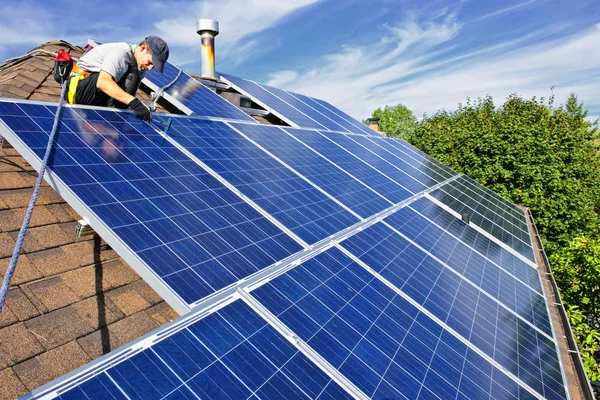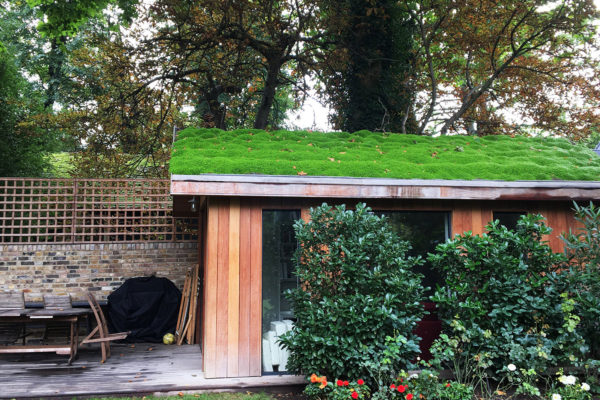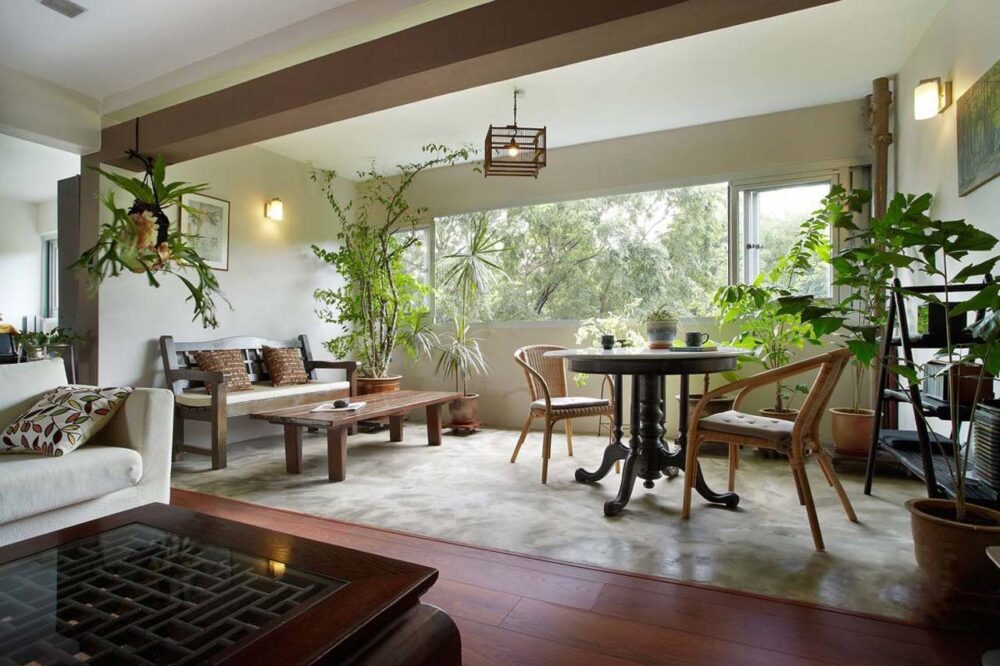In today’s world, where climate change is a growing concern, sustainable home design has become increasingly popular. It involves the use of eco-friendly materials and practices that reduce the carbon footprint of a home, making it more energy-efficient and environmentally friendly. Here are some ways to embrace sustainable home design for a greener future:
1. Use Sustainable Materials
The materials used in construction can have a significant impact on the environment. Sustainable materials are those that are renewable, recyclable, or biodegradable. Some examples of sustainable materials include bamboo, cork, salvaged wood, and natural stone. These materials not only reduce the carbon footprint but also add a unique look to your home.
2. Install Energy-Efficient Appliances
Energy-efficient appliances are designed to reduce energy usage, which in turn reduces carbon emissions. When purchasing appliances, look for those with an Energy Star rating. They use less energy and water while still providing the same level of performance as non-energy-efficient appliances.
3. Use Natural Light and Ventilation
Natural light and ventilation not only reduce energy usage but also create a healthy living environment. Installing larger windows, skylights, and glass doors can help bring in more natural light. You can also install a ventilation system that allows fresh air to flow through the house, reducing the need for air conditioning.
4. Install Solar Panels

Solar panels are an excellent way to generate renewable energy and reduce your carbon footprint. They harness the energy of the sun and convert it into electricity, reducing your reliance on non-renewable sources of energy. Installing solar panels may require an upfront investment but can save you money in the long run while reducing your impact on the environment.
5. Use Low-Flow Fixtures
Low-flow fixtures, such as toilets, showerheads, and faucets, reduce water usage and save money on your water bill. They are designed to use less water without compromising on performance. Installing low-flow fixtures is an easy way to make your home more eco-friendly.
6. Incorporate Greenery

Incorporating greenery into your home not only adds aesthetic value but also has health benefits. Plants purify the air, reduce stress, and improve mood. You can create a green wall, install a living roof, or simply add potted plants to your home.
Sustainable home design is an excellent way to reduce your carbon footprint and create a healthier living environment. By using eco-friendly materials, installing energy-efficient appliances, using natural light and ventilation, installing solar panels, using low-flow fixtures, and incorporating greenery, you can make your home more sustainable. Embracing sustainable home design is a small step towards a greener future.

